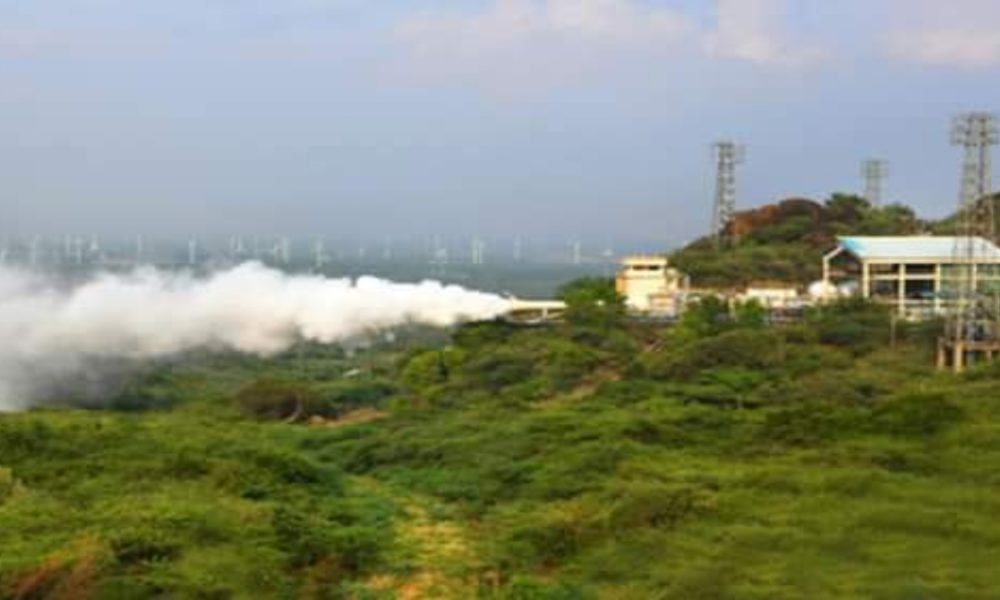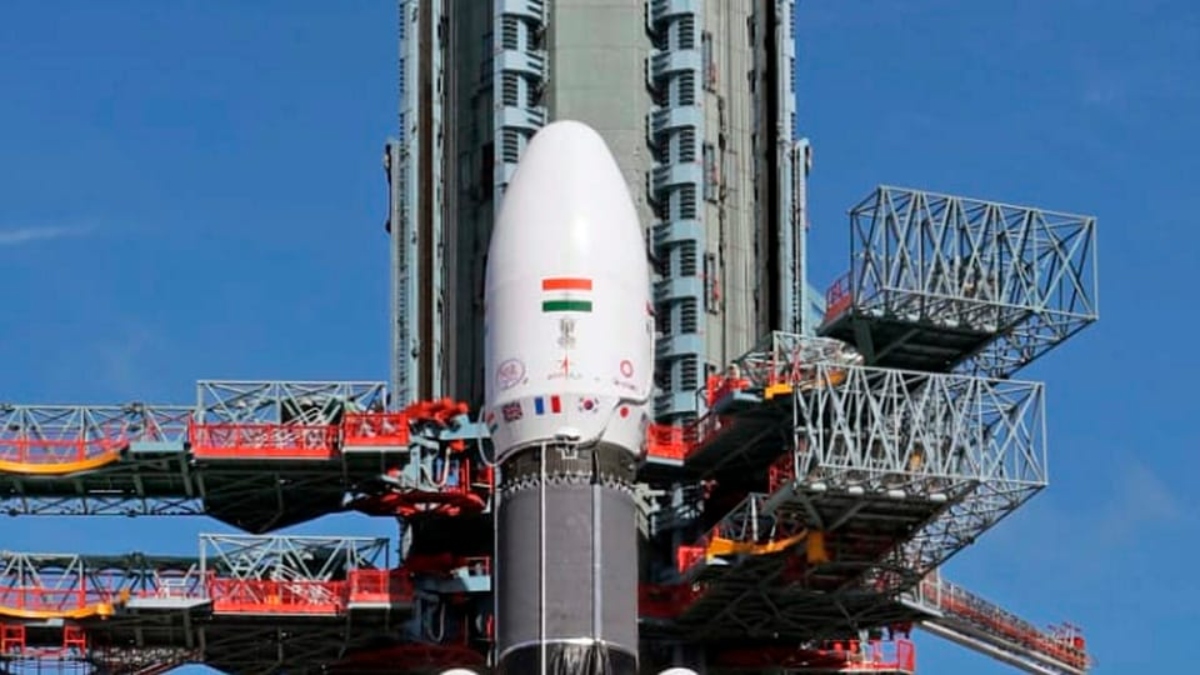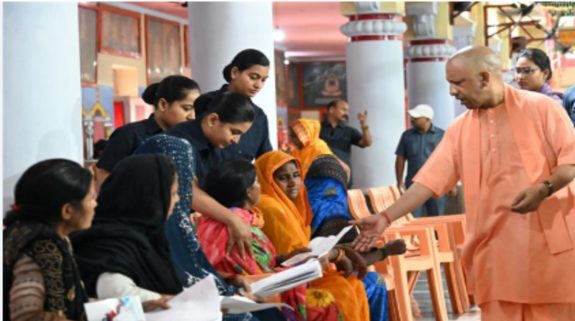
New Delhi: Indian Space Research Organisation (ISRO) successfully conducted the Flight Acceptance Hot Test of the CE-20 cryogenic engine. The cryogenic engine will power the cryogenic upper stage of the launch vehicle for the Chandrayaan-3 mission. The test was conducted on February 24 at the High Altitude Test Facility of the ISRO Propulsion Complex at Mahendragiri, Tamil Nadu.
#ISRO successfully conducted the Flight Acceptance Hot Test of the CE-20 Cryogenic Engine for LVM3-M4/Chandrayaan-3 mission.#IADN pic.twitter.com/yDkH6t9vBE
— Indian Aerospace Defence News (IADN) (@NewsIADN) February 28, 2023
As planned, the hot test took place for 25 seconds and was a successful one, according to ISRO. In a statement, the organisation said that during the test, all the propulsion parameters were found ‘satisfactory’ and ‘closely matched’ with their predictions.
Noting the success of the hot test, ISRO added that the CE-20 cryogenic engine will be further integrated with the propellant tanks, stage structures and associated fluid lines to realise the fully-integrated flight cryogenic stage.
Earlier this year, the Chandrayaan-3 lander successfully underwent the Electro – Magnetic Interference/ Electro – Magnetic Compatibility (EMI/EMC) test at U R Rao Satellite Centre. The test is used to ensure the functionality of the satellite in the space environment and its compatibility with the expected electromagnetic levels and was referred to as a ‘milestone’ by ISRO.

Chandrayaan-3 is a follow-on to the Chandrayaan-2 mission, with an aim to demonstrate safe landing and roving on the lunar surface. Reportedly, the mission will be launched by Launch Vehicle Mark 3 (LVM 3) from the Satish Dhawan Space Centre in Sriharikota in Andhra Pradesh.
The CE-20 cryogenic engine test is a big boost to the Chandrayaan-3 and some reports suggest that ISRO might be ready to launch the mission in 2023.








